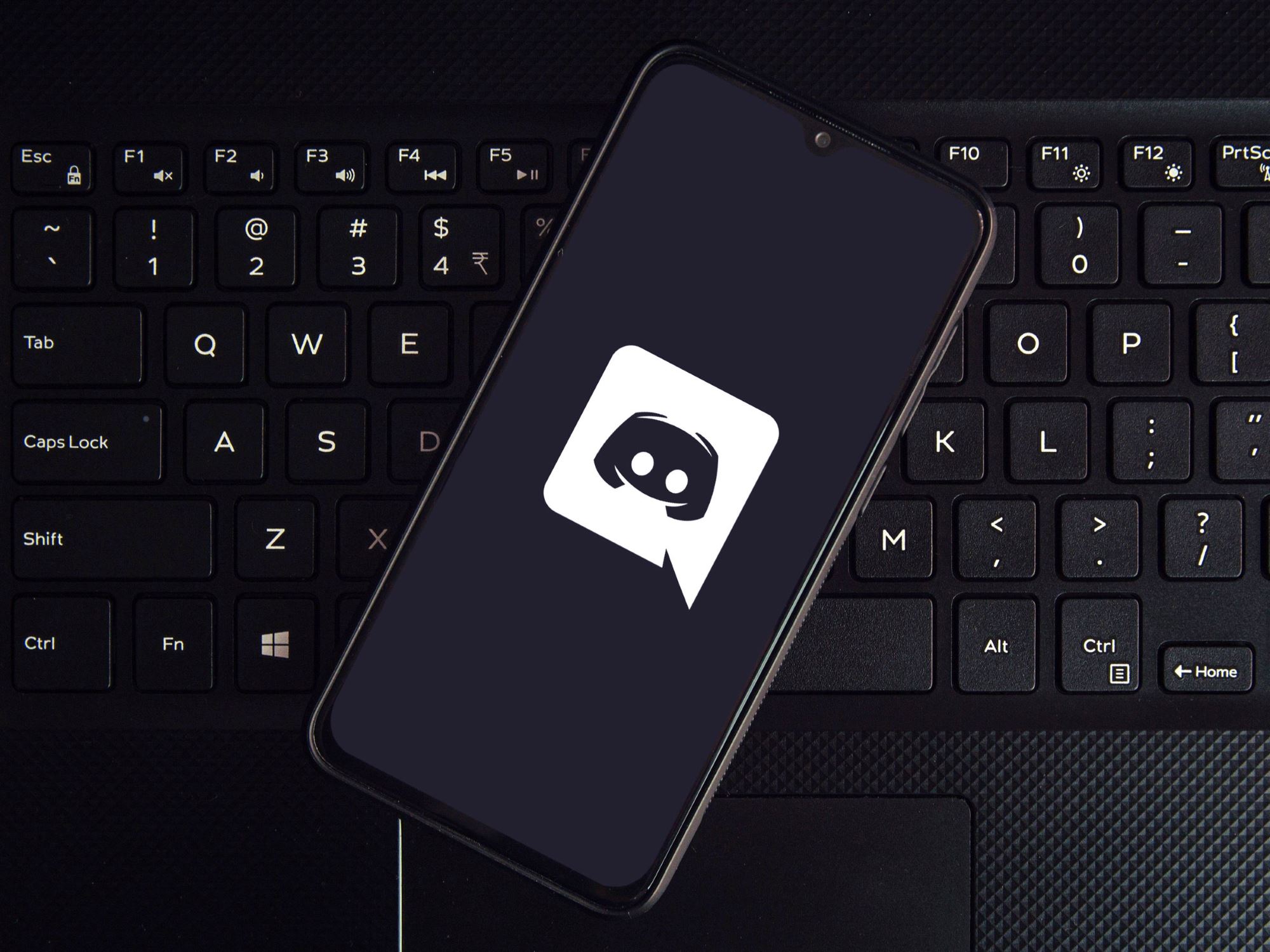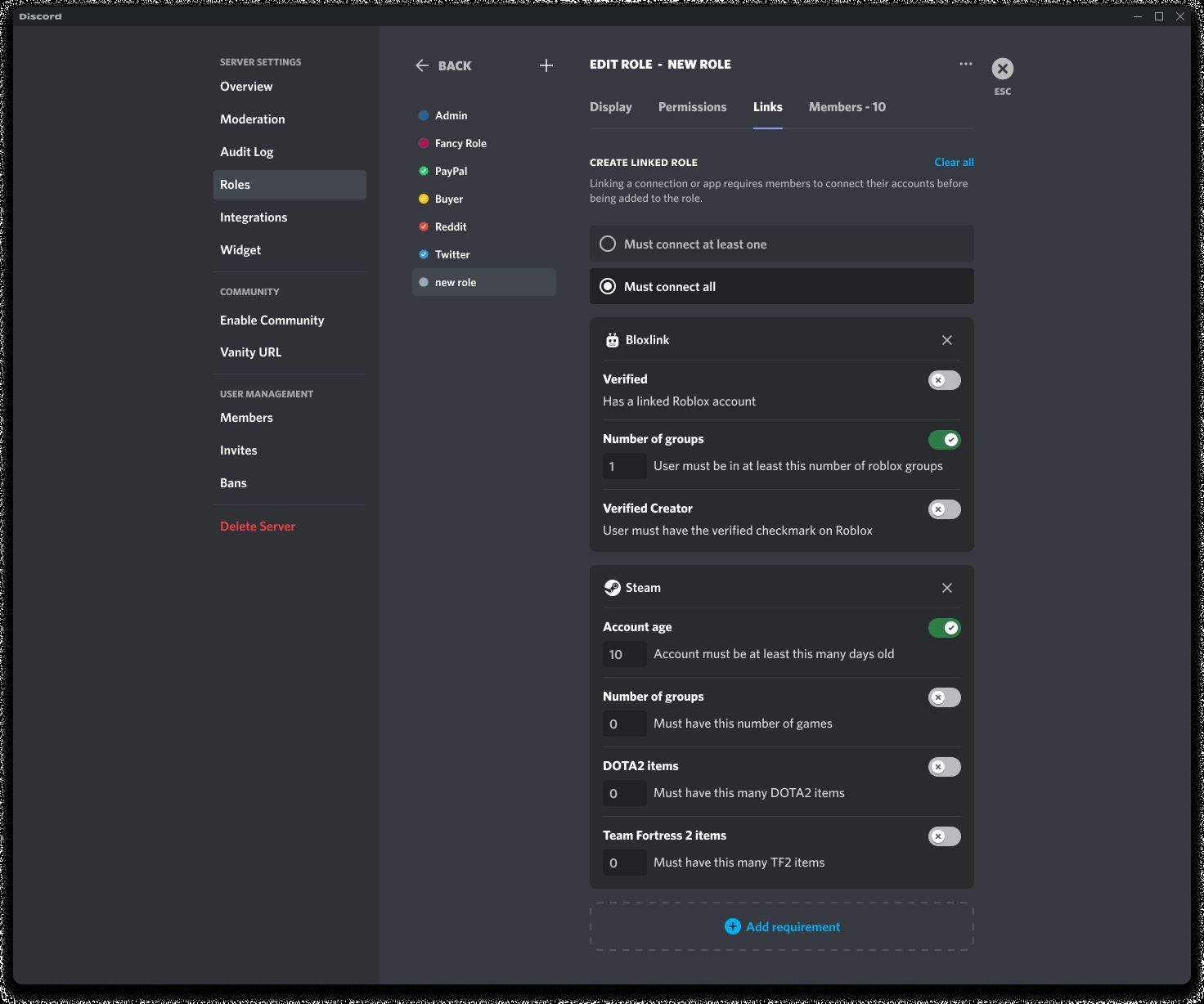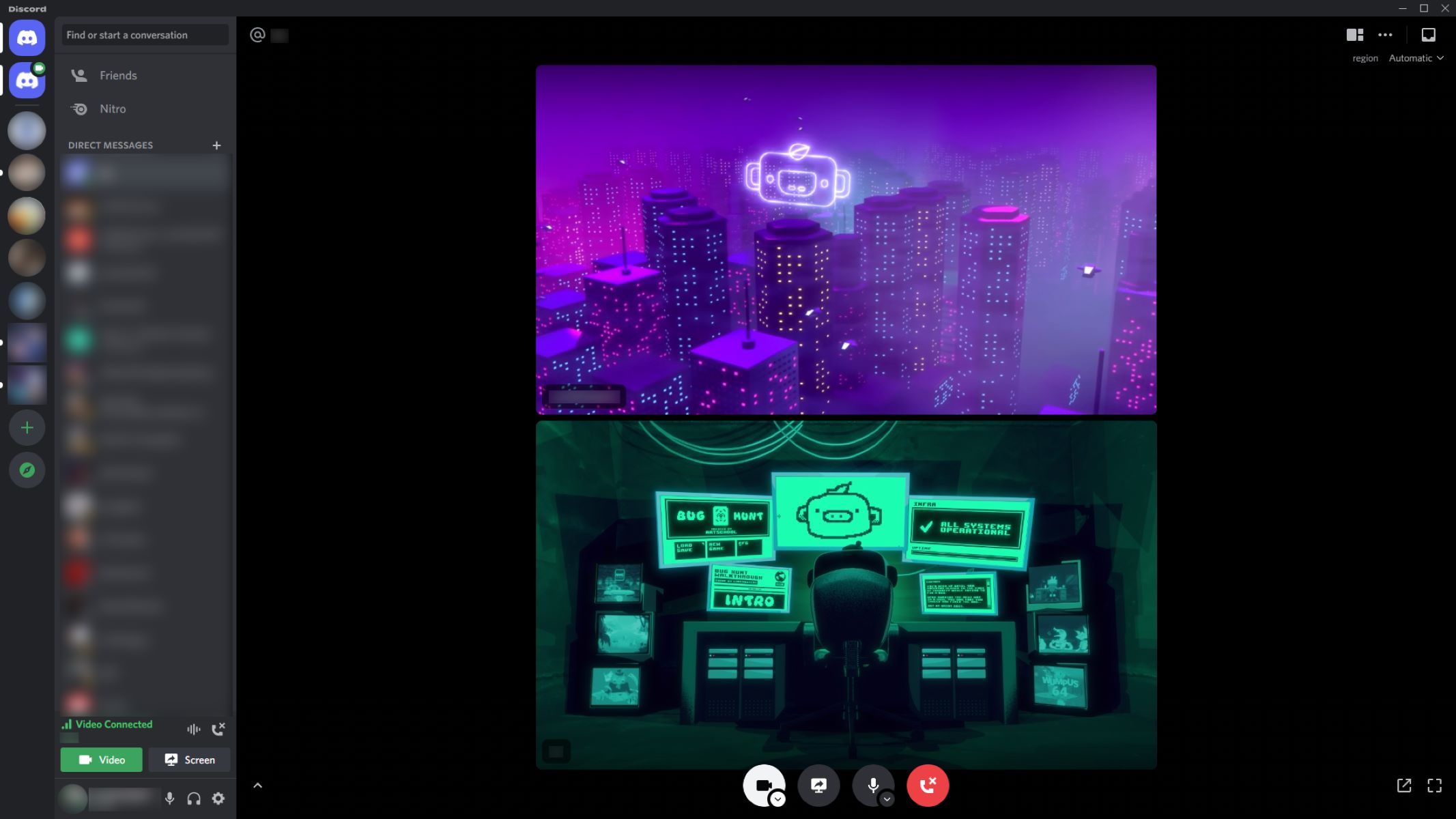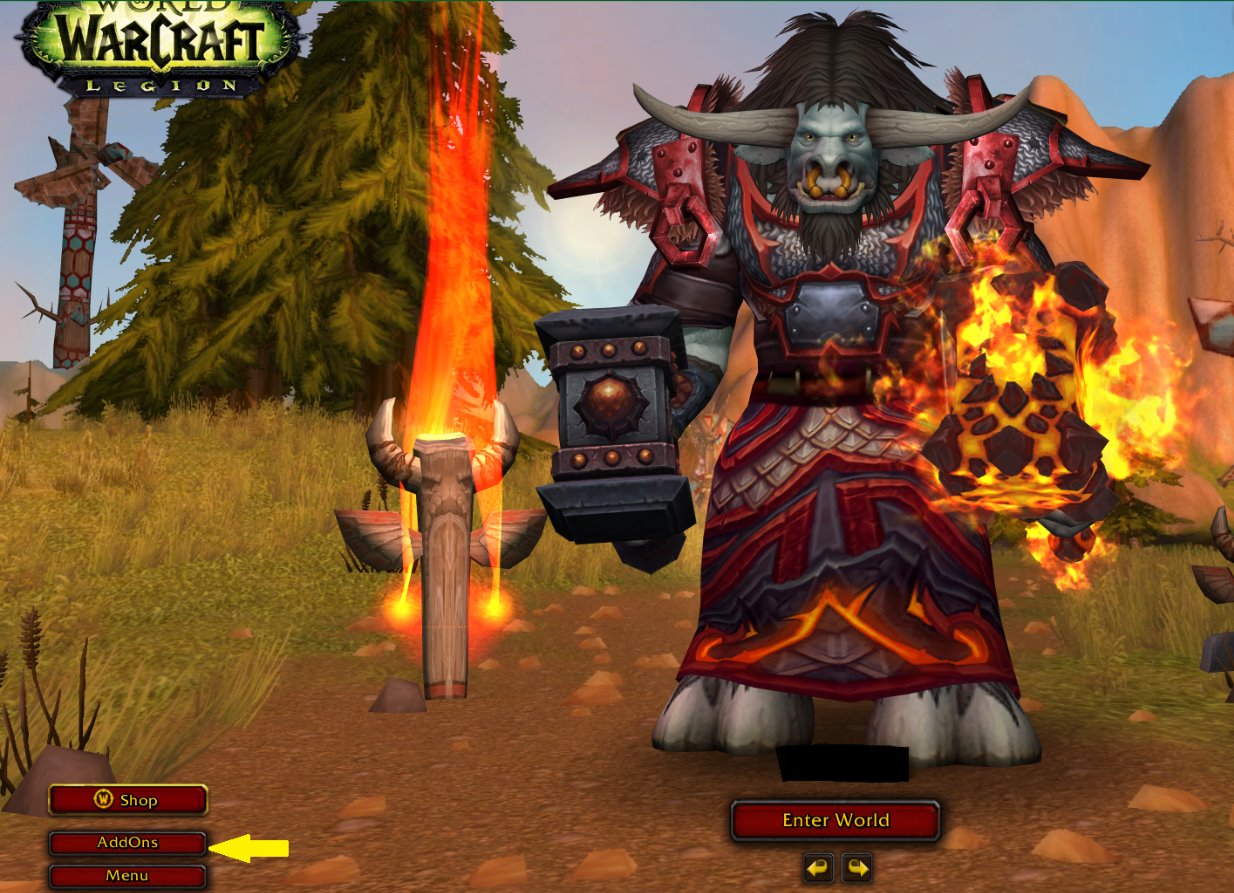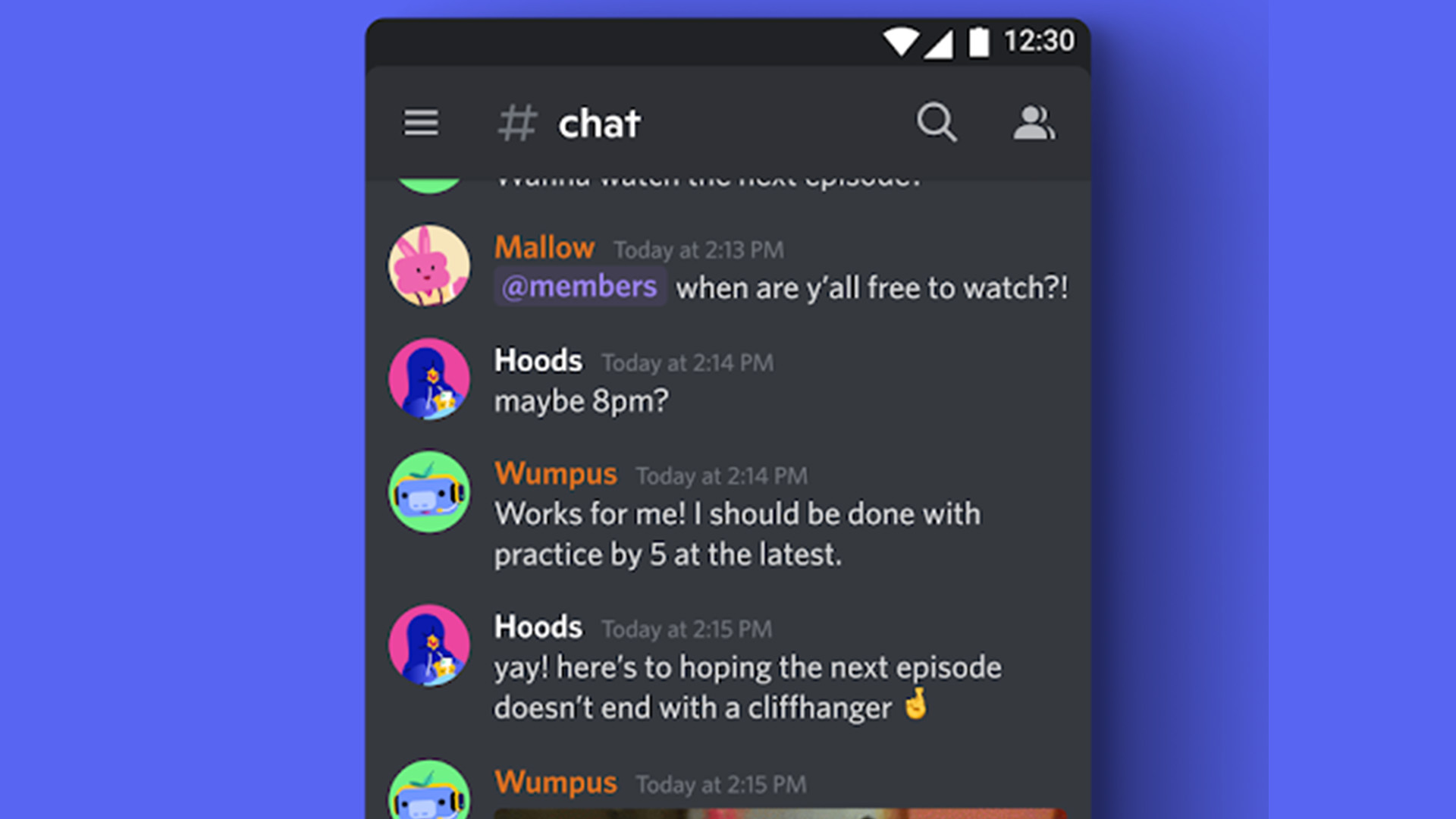Introduction
Welcome to the world of Discord, a popular communication platform used by millions of gamers, communities, and businesses across the globe. If you’re unfamiliar with Discord, don’t worry; this article will provide you with the insights you need to understand the platform and its various features.
Discord serves as a hub for online communities to connect, chat, and collaborate in real-time. It offers a range of features such as voice and video calling, instant messaging, and the ability to create and join servers. Whether you’re a gamer seeking a platform to connect with fellow players or a business owner looking to foster a community, Discord has something to offer everyone.
In the world of Discord, server raids have emerged as a prevalent and disruptive phenomenon. A Discord raid occurs when a group of individuals flood a server with excessive messages, spam, or offensive content, causing chaos and disrupting the server’s operations. These raids can be organized by a single individual or a collective effort by multiple users.
Discord raids can take on various forms, ranging from harmless pranks to malicious acts of harassment. Regardless of the intent, they can have a significant impact on the targeted server and its members. It is crucial for server administrators and community moderators to understand the nature of raids, their potential consequences, and how to effectively respond to them.
This article aims to shed light on Discord raids, their types, and the necessary measures that can be taken to protect your Discord server from such occurrences. We will explore the significance of server raids, delve into the mechanics of how they occur, and discuss strategies to safeguard your community. By the end of this article, you’ll be equipped with the knowledge and tools to effectively handle Discord raids and maintain a secure and thriving server.
What is Discord?
Discord is a free voice, video, and text communication platform designed for gamers but has since evolved into a versatile platform used by various communities. It offers an intuitive interface that facilitates real-time communication, making it a popular choice for connecting with friends, colleagues, and like-minded individuals.
At its core, Discord is organized into servers, which are virtual spaces where users can gather to communicate and collaborate. Each server is user-created and can be customized to reflect the theme or purpose of a particular community. Servers can range from small, private groups for close friends to large, public communities with thousands of members.
Once inside a server, users can engage in different channels dedicated to specific topics, discussions, or activities. These channels can be text-based or voice-based, allowing users to chat, share media, and even engage in voice calls or video conferences. The versatility of Discord channels ensures that users can find and participate in conversations related to their interests, whether it’s gaming, hobbies, education, or professional networking.
In addition to channels, Discord offers various features that enhance the user experience. Users can create their profiles, complete with avatars, bios, and status messages, to personalize their presence on the platform. They can also join or create communities called “servers” to connect with others who share their interests.
Beyond communication, Discord also offers features such as roles and permissions. Server administrators or moderators can assign roles to members, granting them specific permissions or privileges within the server. This allows for better organization, management, and moderation of communities, ensuring a safe and enjoyable environment for all users.
Moreover, Discord is not limited to desktop or laptop devices. The platform offers mobile apps for both iOS and Android, enabling users to stay connected and engaged while on the go.
In summary, Discord is a versatile communication platform that provides a space for communities to connect, collaborate, and communicate in real-time. Its user-friendly interface, customizable servers, and an array of features make it a popular choice for gamers, creators, professionals, and anyone looking to build and engage with online communities.
Understanding Discord Servers
Discord servers form the foundation of the Discord platform and serve as the virtual spaces where users can communicate and interact with one another. Understanding how servers work and their key components is essential for effectively utilizing Discord’s features and creating a thriving community.
A Discord server is created by a user and acts as a central hub for communication. It is comparable to a chat room or a forum, but with additional functionality and customization options. When creating a server, the user becomes the server administrator and has control over its settings, permissions, and overall organization.
Servers are organized into channels, which are dedicated spaces within the server where users can engage in specific discussions or activities. Text channels facilitate text-based conversations, while voice channels enable users to engage in voice chats. By creating channels within a server, users can easily find and participate in conversations that align with their interests.
Server administrators have the ability to create and manage roles and permissions for server members. Roles determine each member’s level of access and what actions they can perform within the server. For example, an administrator role usually has the highest level of permissions, while a regular member may have limited capabilities. These roles ensure that server management, moderation, and customization are efficiently carried out.
Additionally, Discord servers can have bots integrated into them. Bots are automated programs that can perform various tasks, such as moderating the server, providing useful information, playing music, or running interactive games. Bots enhance the functionality of a server and can be customized to fit the specific needs of the community.
Discord servers can be customized using various features and settings. Server icons, banners, and descriptions can be added to give the server a distinct identity. Server verification levels can also be set to ensure the security and integrity of the community. By setting appropriate moderation rules and utilizing bot functionalities, server administrators can create a safe and enjoyable environment for all members.
Overall, Discord servers are the backbone of the platform, providing users with the means to connect, collaborate, and build communities. The flexibility, customization options, and features of Discord servers allow for the creation of diverse and thriving communities centered around shared interests, hobbies, or objectives.
What is a Discord Raid?
A Discord raid refers to a coordinated effort by individuals or groups to disrupt the normal operations of a Discord server by flooding it with excessive messages, spam, or offensive content. It is essentially an act of mass disruption, designed to overwhelm the server and its members. While it is often associated with online gaming communities, Discord raids can target any type of server.
Discord raids can take different forms and vary in severity. Some raids may involve harmless pranks, such as flooding a channel with emoji reactions or sending a large number of funny or nonsensical messages. However, other raids can be far more malicious and damaging. These raids may involve sending explicit or offensive content, participating in targeted harassment campaigns, or attempting to gain unauthorized access to the server.
The motivations behind Discord raids can vary. Some individuals may engage in raids for the sake of causing chaos and disrupting the community. Others may have more malicious intentions, such as seeking revenge or targeting a specific individual or group within the server. Moreover, raids can also be organized as a form of competition or rivalry between different communities.
Raiding is not unique to Discord; similar phenomena have occurred in other online platforms. However, Discord is particularly susceptible to raids due to its open nature and ease of creating and joining servers. Additionally, the anonymity provided by Discord can embolden individuals to engage in disruptive behavior without consequences.
Discord raids can have significant negative impacts on targeted servers and their members. Raids disrupt communication, overwhelm server resources, and can create a hostile and toxic environment. They can lead to server downtime, loss of data, and member attrition. Moreover, the targeted harassment associated with some raids can have lasting psychological effects on affected individuals.
It is important to note that Discord actively prohibits raids and considers them a violation of its Terms of Service. The platform has implemented various measures to combat raids, including automated detection systems, reporting mechanisms, and server verification features. However, proactive moderation and server management practices are crucial to effectively prevent and handle raids.
Next, we will explore the different types of Discord raids and delve into strategies for protecting your Discord server from these disruptive events.
Types of Discord Raids
Discord raids can manifest in various forms, and understanding these different types can help server administrators prepare for and effectively respond to them. While the motivations may differ, each raid aims to disrupt and cause chaos within the targeted server. Here are some common types of Discord raids:
- Spam Raids: Spam raids involve flooding the server with excessive messages, typically repeating the same content over and over again. This can quickly overwhelm the server’s chat channels and hinder meaningful communication between members.
- Bots Raids: Bots raids occur when multiple malicious or automated bots join a server simultaneously. These bots can flood the server with spam messages, join voice channels and play disruptive audio, or even attempt to take over moderation roles. This type of raid is particularly difficult to mitigate, as it requires identifying and banning the rogue bots.
- Doxxing Raids: Doxxing raids involve malicious individuals attempting to obtain and expose the personal information of server members. They may seek out private details, such as real names, addresses, and social media accounts, with the intention of harassing or causing harm to targeted individuals. Protecting server members’ privacy is crucial in preventing doxxing raids.
- Harassment Raids: Harassment raids are organized campaigns aimed at targeting specific individuals or groups within the server. The raiders may use offensive language, engage in targeted harassment, or spread rumors and false information. These raids can be emotionally distressing for the victims and adversely affect the overall health of the community.
- Griefing Raids: Griefing raids involve raiders joining a server with the sole purpose of disrupting the activities or gameplay of the server’s members. They may intentionally interfere with ongoing discussions, sabotage in-game progress, or engage in toxic behavior to create a hostile environment.
It is important to note that these raid types are not mutually exclusive, and a raid can involve a combination of different tactics. Additionally, new raid types may emerge as individuals come up with creative ways to cause disruption. Server administrators must stay vigilant and adapt their moderation strategies accordingly.
Now that we have explored the various types of Discord raids, let’s move on to discussing the significance of these raids and the steps you can take to protect your Discord server from such occurrences.
Significance of Discord Raids
Discord raids may seem like mere disruptions, but they carry significant ramifications for the affected server and its community. Understanding their significance is crucial for server administrators to develop effective strategies to prevent and mitigate the impact of raids.
First and foremost, raids disrupt the normal functioning of a server. Excessive spam messages can flood chat channels, making it difficult for members to engage in meaningful conversations. Voice channels can be disrupted by raiders playing loud or offensive audio, hindering communication between members. These disruptions impair the server’s ability to fulfill its intended purpose, whether it’s gaming, networking, or community building.
Furthermore, raids can cause server downtime or performance issues. The influx of excessive messages and activity can overload the server’s resources and infrastructure, leading to lag, crashes, or even temporary shutdowns. Server downtime prevents members from accessing the community and can erode their trust in the server’s reliability.
Discord raids also create a toxic and hostile environment within the targeted server. The influx of offensive content, targeted harassment, or doxxing attempts can create fear, distress, and discomfort among members. This can lead to a decline in community engagement and the loss of valued members who no longer feel safe or welcome within the server.
Beyond the immediate impact, raids also have lasting consequences. The targeted individuals may experience emotional distress and potentially face real-life consequences when personal information is exposed. Moreover, the reputation of the server may be tarnished, making it harder to attract new members and establish credibility within the community.
It is important to address and combat Discord raids because they undermine the sense of community, trust, and safety that servers strive to foster. By understanding the significance of raids, server administrators can prioritize effective moderation practices, implement preventive measures, and respond swiftly to ensure the well-being and longevity of their servers.
Now that we have explored why Discord raids are significant, let’s move on to discussing how these raids occur and the strategies that can be employed to protect your Discord server.
How Do Discord Raids Occur?
Discord raids can occur through various means, and understanding how they are carried out is essential for effectively combating and preventing them. While raiders may employ different tactics and strategies, discord raiding generally involves the following methods:
- Server Invitations: Raiders may obtain or distribute server invitations through public channels or forums. By sharing these invitations, they can encourage a large influx of users to join the server simultaneously, overwhelming its resources and disrupting communication.
- Bot Invasions: Raiders utilize bot accounts to automate their actions and amplify their impact. These bots can join a server en masse, flood channels with spam messages, play disruptive audio in voice channels, or even attempt to seize control of server roles and permissions.
- Mass Messaging: Raiders may leverage self-bots or third-party applications to send a massive number of messages in a short amount of time. These messages can be repetitive, nonsensical, or offensive in nature, causing disruption and overwhelming the server’s chat channels.
- Offensive Content: Some raids involve the deliberate sharing of offensive or explicit content within the server. This can include images, videos, or text-based messages that are meant to shock or disturb members, creating a toxic environment.
- Doxxing Attempts: In targeted raids, raiders may seek to gather personal information about specific individuals within the server. They may engage in doxxing, which involves searching for and exposing personal details such as real names, addresses, or social media profiles, with the intent to harass or cause harm.
Raiders often rely on anonymity and the element of surprise to maximize the impact of their actions. They may use disposable or temporary accounts to carry out raids, making it more challenging to trace their origins or hold them accountable. The large number of raiders acting simultaneously can overwhelm server administrators and moderators, making it difficult to respond effectively.
Moreover, some raids are coordinated through external platforms or forums where like-minded individuals plan and organize their raiding efforts. These platforms can serve as breeding grounds for raiders to share strategies, tools, and targets, amplifying their disruptive activities.
While Discord has implemented measures to combat raids, such as automated detection systems and reporting features, proactive moderation and server management practices are crucial for preventing and mitigating the impact of raids. Continuously monitoring server activity, setting appropriate permissions, and fostering a strong community spirit can help deter raiders and maintain a safe environment for members.
Now that we understand how Discord raids occur, let’s explore some strategies that can help protect your Discord server from these disruptive events.
Strategies to Protect Your Discord Server from Raids
Protecting your Discord server from raids requires a combination of proactive measures, effective moderation, and community engagement. By implementing the following strategies, you can safeguard your server and create a safe and enjoyable environment for your community:
- Set Server Verification Levels: Utilize Discord’s server verification features to restrict access to your server. Implementing appropriate verification levels, such as a minimum account age or requiring a valid phone number, can help deter potential raiders.
- Manage Server Invitations: Be cautious when sharing server invitations. Only provide them to trusted individuals or within communities you are familiar with. Consider implementing an approval process for new members to join, allowing server administrators to review and approve each new member.
- Utilize Moderation Bots: Incorporate moderation bots into your server to automatically detect and mitigate raiding activities. These bots can help enforce server rules, detect spam or offensive content, and even prevent malicious bot invasions.
- Implement Server Rules: Clearly outline and enforce server rules that prohibit raiding, spamming, harassment, and the sharing of explicit or offensive content. Ensure that all server members are aware of these rules and consequences for violating them. Regularly review and update the rules to address emerging threats.
- Empower Trusted Moderators: Appoint dedicated moderators within your server who are responsible for enforcing the rules, identifying raiding attempts, and taking necessary actions. Ensure that these moderators have adequate training and the necessary tools to effectively manage raiding situations.
- Encourage Community Reporting: Foster a culture of active reporting within your server. Encourage your community members to report any suspicious or disruptive behavior they encounter. Provide clear instructions on how to report incidents, either through direct messaging to server administrators or using Discord’s reporting system.
- Stay Vigilant: Regularly monitor server activity, particularly during peak times or events that may attract attention from potential raiders. Keep an eye out for unusual spikes in user activity or messages that may indicate a raid is underway. Promptly address any suspicious behavior and take necessary action to protect your server and its members.
- Educate and Inform Your Community: Regularly communicate with your community members about raiding activities, their impact, and how to stay safe. Provide guidance on reporting incidents, protecting personal information, and recognizing potential raiding attempts. Encourage open dialogue and collaboration to collectively combat raiding threats.
Remember that preventing raids requires constant vigilance and adaptability. Stay updated with Discord’s guidelines and best practices for server management. Engage with the wider Discord community to learn from their experiences and share strategies for protecting servers.
By actively implementing these strategies, you can significantly reduce the risk of your Discord server falling victim to raids and create a secure and thriving environment for your community to connect, collaborate, and enjoy their Discord experience.
Responding to a Discord Raid
When a Discord raid occurs, it is essential to respond swiftly and effectively to minimize the disruption and protect your server and its members. Here are some steps you can take in response to a raid:
- Stay Calm and Assess the Situation: Keep a level head and evaluate the severity of the raid. Determine the type of raid and the level of disruption being caused. This assessment will help you determine the best course of action to take.
- Activate Slow Mode: Slow mode can be enabled in text channels to prevent excessive messages from flooding the chat. Adjusting the time limit between messages can help slow down the raiders’ impact and allow moderators to regain control.
- Engage Moderation Tools: Utilize moderation bots, if available, to assist in detecting and mitigating raiding activities. These bots can help filter out spam messages or offensive content, as well as facilitate the removal of raiding accounts.
- Ban or Limit Permissions of Raiding Accounts: Identify the raiding accounts and swiftly ban or limit their permissions within the server. This will prevent further contribution to the raid and limit their ability to cause additional disruption.
- Communicate with Your Community: Keep your server members informed about the ongoing raid and your response efforts. Provide regular updates on the situation, reassure members that you are actively addressing the issue, and encourage them to report any additional raiding accounts or activities they notice.
- Document and Report the Raid: Take screenshots or gather evidence of the raiding activities to document the impact and violations. This evidence can be useful when reporting the raid to Discord’s Trust and Safety team, along with any associated accounts involved.
- Adjust Server Security and Moderation Settings: Evaluate your server’s security measures and moderation settings to prevent future raids. Consider increasing verification levels, implementing stricter invitation policies, fine-tuning bot permissions, or appointing additional trusted moderators to strengthen server defenses.
- Learn from the Experience: Reflect on the raid and identify any vulnerabilities or weaknesses in your server’s setup or moderation practices. Use the experience as an opportunity to improve and implement strategies to prevent similar raids in the future.
Remember, it is crucial to act promptly and decisively in response to a raid. Keeping your server members informed, addressing the disruption, and taking proactive measures to mitigate future raids will help restore order and maintain a positive server environment.
By combining an organized response with a commitment to ongoing server security and moderation, you can effectively combat raids and protect the integrity of your server.
Conclusion
Discord raids can pose significant challenges to server administrators and disrupt the communities they have worked hard to build. Understanding the nature of raids and implementing the appropriate strategies can help protect your Discord server from these disruptive events.
In this article, we explored the concept of Discord raids, their different types, and their significance within the Discord community. We discussed how raids occur, the tactics used by raiders, and the impact they can have on targeted servers. Moreover, we provided strategies for protecting your server, including setting verification levels, managing server invitations, utilizing moderation bots, implementing server rules, empowering trusted moderators, and maintaining open communication with your community.
It is crucial to stay vigilant and proactive in safeguarding your server. Constantly evaluate your server’s security and moderation practices, respond swiftly to raids, and empower your community members to report suspicious activities. By doing so, you can maintain a secure and thriving environment where your community can flourish.
Discord is a powerful tool for connecting and collaborating with like-minded individuals, and while raids can be disruptive, they should not deter the creation and maintenance of vibrant communities. By staying informed, implementing preventative measures, and effectively responding to raids, you can ensure that your Discord server remains a safe and enjoyable space for all members.
Remember, combating raids requires a collective effort. Engage with the wider Discord community, exchange knowledge and experiences, and support one another in protecting your servers. Together, we can create a strong and resilient Discord community that thrives in the face of challenges.







